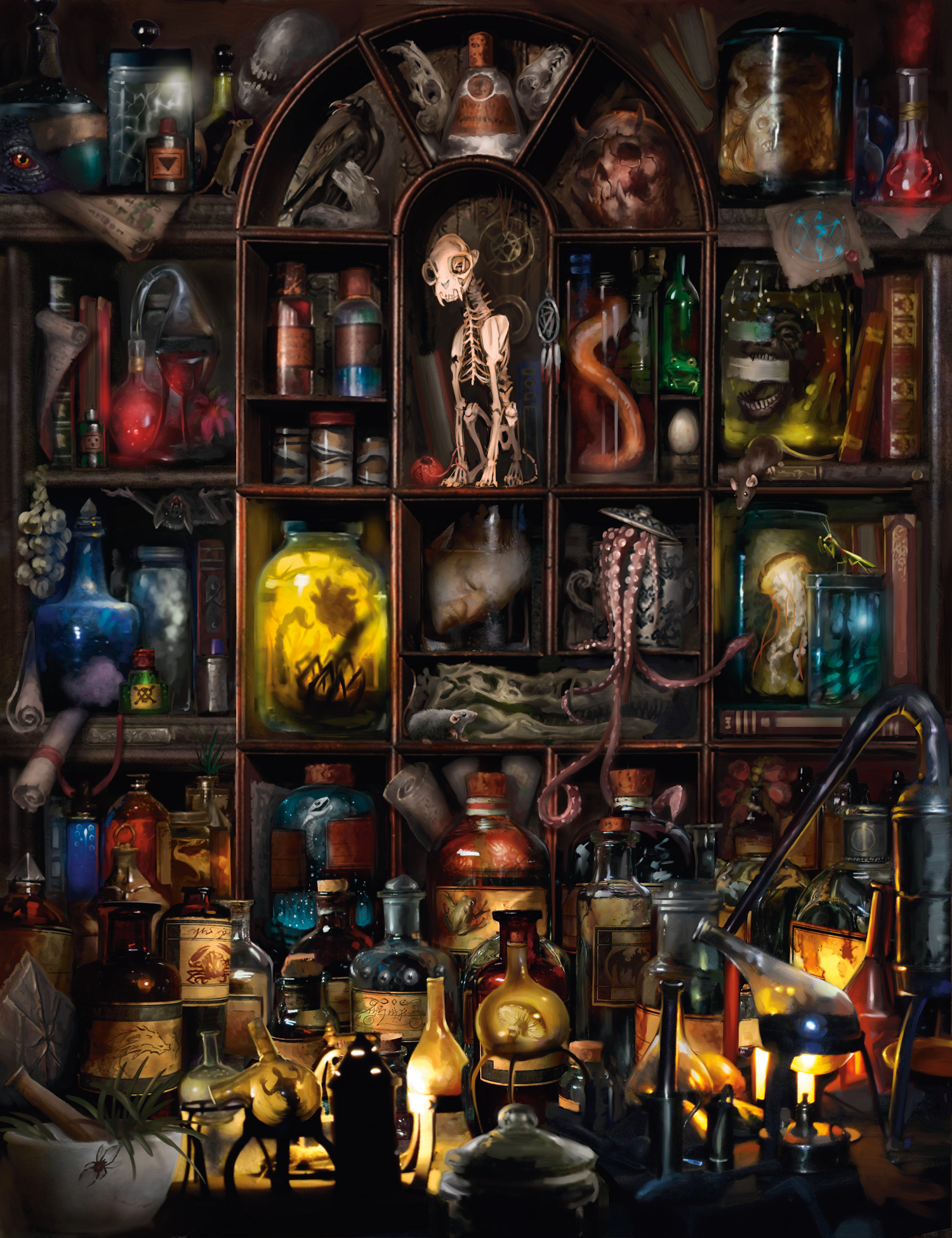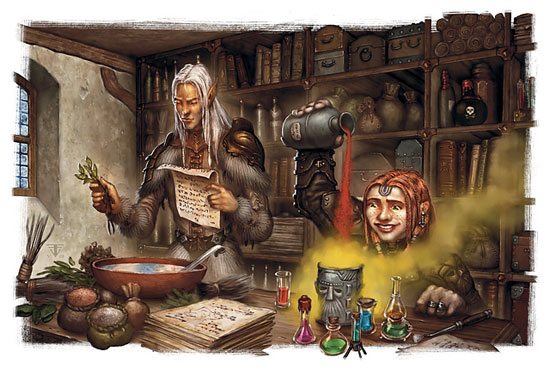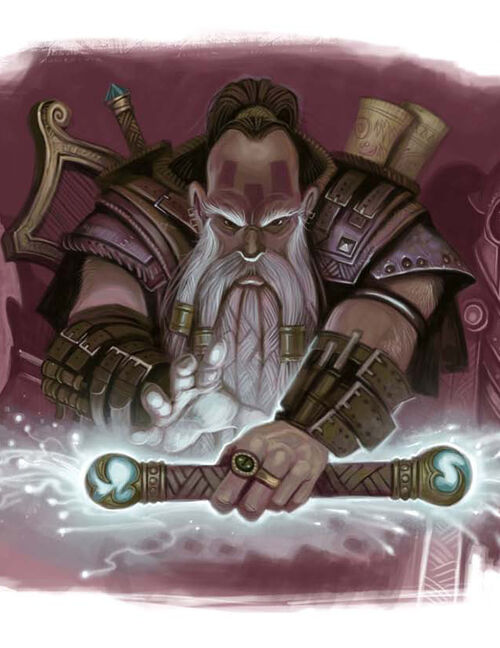In 3e, infusions (as cast by Artificers) had a few key characteristics that are worth remembering:
- Infusions are not spells, though they often mimic spell effects
- Infusions only go up to 6th level/circle; the Artificer was a hybrid class with a similar progression to a 3e Bard, where 6th tier spells are the cap.
- Infusions often have a casting time of one minute.
- Infusions often have costly material components or even experience point costs.

- There are no more "6-circle" spellcasters. There are full casters (9 tiers/circles/levels), hybrid casters (5 tiers/circles/levels), and "faux" casters (4 tiers/circles/levels).
- Many of the original infusions were mimicking a system in which wizards/clerics buffed the party before combat with a variety of overlapping spells; this was a system without 5e's concentration rules.
- Many of the Artificer's spells reference Use Magic Device; a skill that no longer exists.
- At least in the playtest documents, warforged (usually the primary recipient/target of the Artificer's construct-related abilities) are now considered fully alive; healing spells cast on them are no longer halved in value, making Artificers less necessary in a warforged-heavy party. In fact, I'm not even sure that the "repair" line of spells/infusions is necessary in this environment.
- Should an Artificer be a full caster (9 levels of infusions) or a hybrid caster (5 levels)? (I'm assuming that an Artificer's infusions are more important to the class than an Arcane Trickster's few wizard spells, or an Eldritch Knight's offensive repertoire.)
- Should infusions still be "separate" from spellcasting, or are infusions to be treated as spells that happen to only target items?
- Should infusions continue to hold fast to the cost/experience model?
- What replaces Use Magic Device, if anything?
My first instinct tells me to try Artificers as hybrid casters, and to give them more infusions per day to compensate for them note being "full casters". After all, the Bard has been upgraded, why not the Artificer? Unfortunately, I think that ruins a very elegant system by adding another variable. Similarly, the original infusion progression is quite light; I think we either need to commit to Artificers being "full" spellcasters and assign them a full spell list (for example, give them access to Cleric spells or Wizard spells) or commit to them using the hybrid progression. For now, let's consider the hybrid progression, but we'll assign them a single 1st level infusion slot at first level (hybrid casters don't start casting until second level).
If we stick to that idea, Artificers (under the current class model) will have light armor, simple weapons, no offensive spells, no cantrips, and only a scant few infusions per level even at the upper echelons of play.
All right, clearly that won't work.
On the other hand, if we assign a full spell list (say, the Cleric list), we're assigning a huge role (healing) that didn't exist in the 3e Artificer. Of course, this did exist in 4e, so it's not entirely out of reach. If we make Artificers spellcasters, and give them the clerical spellcasting type (cleric spell list, cantrips, progression, and preparation procedure and number of spells), we're basically back to the Artificer as an archetype of the Cleric class. Not ideal!
Back to the drawing board.
This may be where the Warlock's unorthodox spellcasting can come in handy. If we assume that Artificers are spellcasters, but that unlike Wizards (whose studies are formal, and whose manipulation of the Weave is based on training in an artful science) or Sorcerers (whose studies are of the self, and whose manipulation of the Weave is natural and based on the science of art), the Artificer is a muddled, idiosyncratic mimicry of other spellcasters--some science, some art, all based on research and observation (rather than tradition or talent).
Perhaps as a Wizard has a spellbook, a Cleric has a holy symbol, and a Warlock has a pact item, an Artificer could have an implement/weapon that is the focus of all spellcasting. For example, an Artificer doesn't "cast" Ray of Frost, but would rather be imbuing his staff, wand, or other implement with the power to cast it--and cast it. Cantrips become (for the Artificer) spells that are stored in the implement until needed by the Artificer, which can only be called forth by the Artificer.
An Artificer could have an implement (reminiscent of 4e) which could be the focus of most Artificer spellcasting. This particular object could be mundane or magical, but it is in some way bound to the Artificer (like attunement? short rest required to change implements?). In this way, the Artificer would not (for example) be casting the spell straight out, but would actually be funneling magic through the implement.
Another piece of Warlock spellcasting that would probably make sense for the Artificer is the reset of spell slots each short rest rather than long rest. A smaller number of slots combined with the quick recovery of those slots means that Artificers are less likely to be able to break the new concentration rules because they won't have the means to do so (all at once, anyway).
Since this discussion is already well into deep water, let's finish out this theory and see where it takes us. For 5e:
- Artificers are spellcasters. They "cast" their infusions. For our purposes, Artificers casting spells is identical to casting infusions. (With the following restriction...)
- Artificers still may not cast spells directly, but rather must infuse an object with the spell. This can either be in the form of a "buff" (spell stays in the object) or in the form of a temporary magic item creation (as in the case of making a one-charge wand to cast magic missile).
- This will need some clarification down the line. Do Artificers both infuse and cast the spell from the focus item at the same time? Is there a delay?
- Artificers use the Wizard spell list to learn spells from.
- Artificers "know" certain spells from the Wizard list.
- Artificers use the Warlock progression for spells, with a few key differences.
- Artificers know their "Cantrips Known" from the Wizard list.
- Artificers know their "Spells Known" from the Wizard list.
- Artificers use the "Invocations Known" list to choose spells from any spell list. This functions like the Bard's "Magical Secrets" ability, but comes much sooner.
- Similar to what is stated in the Warlock entry, one spell per Artificer level gained may be swapped out as the Artificer gains experience points/levels.
- Spells learned must be of a spell level the Artificer is capable of casting.
- Artificers may choose to learn an additional cantrip, however only this cantrip may be changed out later. (Artificers cannot use this ability to learn a new cantrip then get rid of one they learned as a first level Artificer.)
- Artificers' "Spell Slots" and "Slot Level" mechanics function as a Warlock.
- Artificers may only cast spells if they have a spell slot remaining (except cantrips)
- Spell slots recharge after a short rest
- One small change: beginning at 13th level, the Artificers spell slots become 6th level.
- Artificers use their implement as a focus for spellcasting.
- The implement may be a weapon, shield, or other handheld object.
- It may be magical or mundane.
- For the Artificer to cast spells, he/she must be attuned (as with a magic item, although this attunement doesn't count against the limit of three magic items. If, however, the chosen item must already be attuned in order to be used, that attunement must be done separately--and in that case counts against the total of 3).
- Artificers ignore concentration. Because the Artificer is infusing an item with magic, once a spell is cast, it remains in the item and doesn't need to be concentrated on for the duration.
- After a short or long rest, any spells cast expire, even if their duration would normally be longer than that short/long rest.
 I am hopeful that the limited spell slots granted to an Artificer make this (concentration) less of an issue. Can an Artificer make four people invisible simultaneously? Sure, but only if they're 17th level or above, and even then they have no other magical powers until they've taken a rest (except cantrips). Can an Artificer heal? Sure, but only if they use one of their (total of) eight out-of-list spells on learning a healing spell. Can an Artificer cast fireball? Sure, but it'll use up one of the Artificer's scant few spell slots!
I am hopeful that the limited spell slots granted to an Artificer make this (concentration) less of an issue. Can an Artificer make four people invisible simultaneously? Sure, but only if they're 17th level or above, and even then they have no other magical powers until they've taken a rest (except cantrips). Can an Artificer heal? Sure, but only if they use one of their (total of) eight out-of-list spells on learning a healing spell. Can an Artificer cast fireball? Sure, but it'll use up one of the Artificer's scant few spell slots!So let's return to our questions:
- Should an Artificer be a full caster (9 levels of infusions) or a
hybrid caster (5 levels)?
An Artificer should be based on the Warlock model, ending with six tiers of spells, at drastically reduced spell slots. - Should infusions still be "separate" from spellcasting, or are
infusions to be treated as spells that happen to only target items?
Both. Infusions are spells, but Artificers still focus their castings through a particular implement item. - Should infusions continue to hold fast to the cost/experience model?
Not for the moment. If we bring in some of the old infusions from the 3e class, it may be prudent to do so. - What replaces Use Magic Device, if anything?
For now, since we're not using any of the old infusions, we don't need this skill. If (as in an archetype) we discover a need for this, it's possible that an Arcana skill will be functional.
The last thing to be ironed out before we delve into archetypes (and therefore likely the topic of the next post) will be starting proficiencies and basic class features. Until then, please feel free to comment below with any suggestions for tweaking this "alpha draft" Artificer build!



2.jpg)
3%2Bcopy.jpg)


